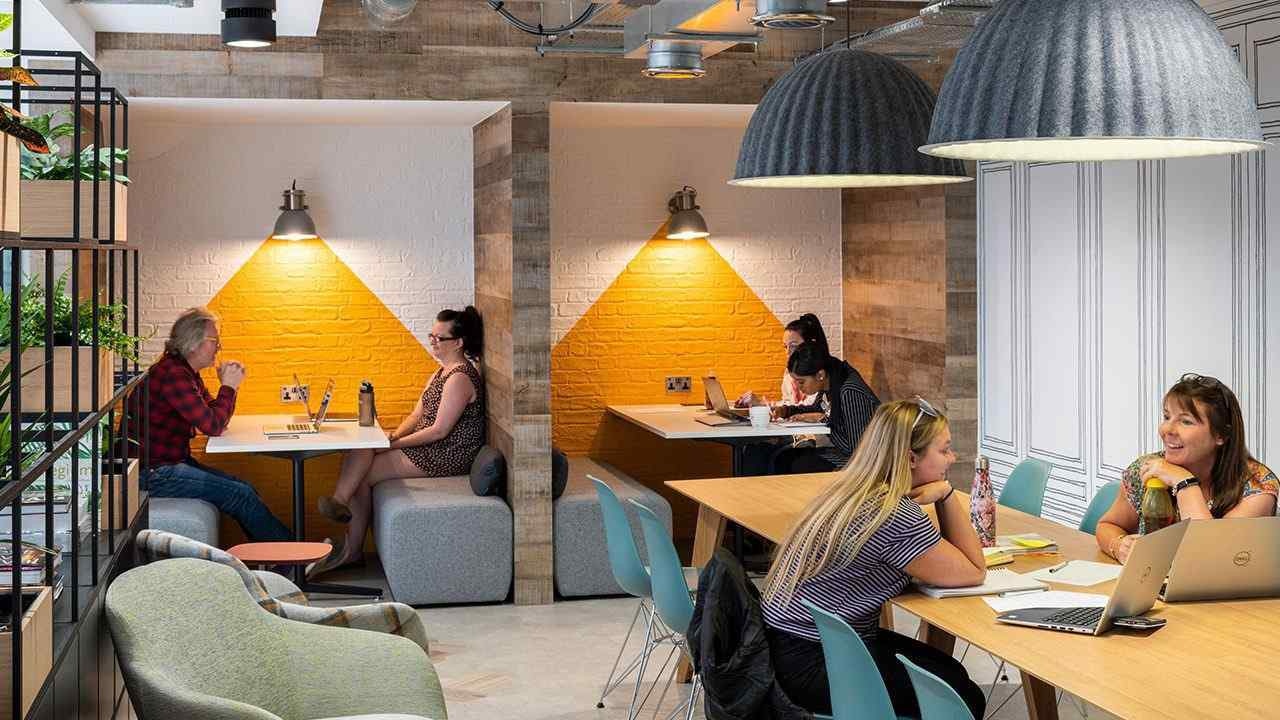Hot Desks and Hot Desking
Hot desking is the sharing of workstations among multiple employees. It’s borrowed from the naval term ‘hot racking’, which refers to the practice of sharing the same bunk bed at different times. While not new as a workplace principle it has become critical to the workforce in 2025 and remains one of the pillars of hybrid working and the efforts to combat unused office space.
Unused office space is a serious problem for companies. In fact, a recent study of 2000 office spaces by Density (a leading workplace usage measurement company), found that office spaces were left unused for around one-third of the working day (181,000 hours of the 502,000 cumulative working hours in their observation data). Pairing research on optimal workplace design – suggesting ideal office densities ranges of 75-150 sq ft per person – with the average cost of office space in London (around £65-80 per sq ft.), it’s not surprising that employers are concerned about better utilising their space. Having a hot desking programme in place to maximise the available space in an office can help in saving costs.
This article takes a refreshed look at what hot desking means in 2023. It covers issues from remote work and desk booking, to the benefits of hot desking and utilisation of existing office space.




